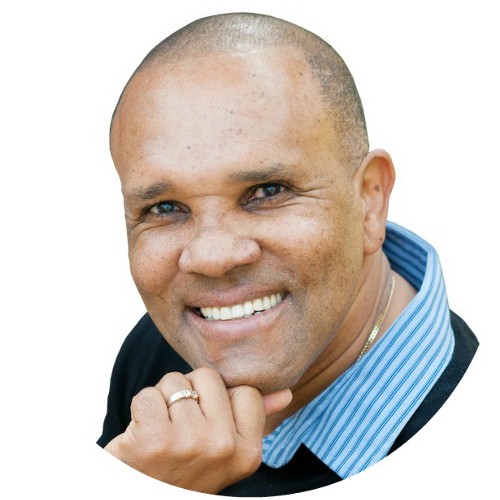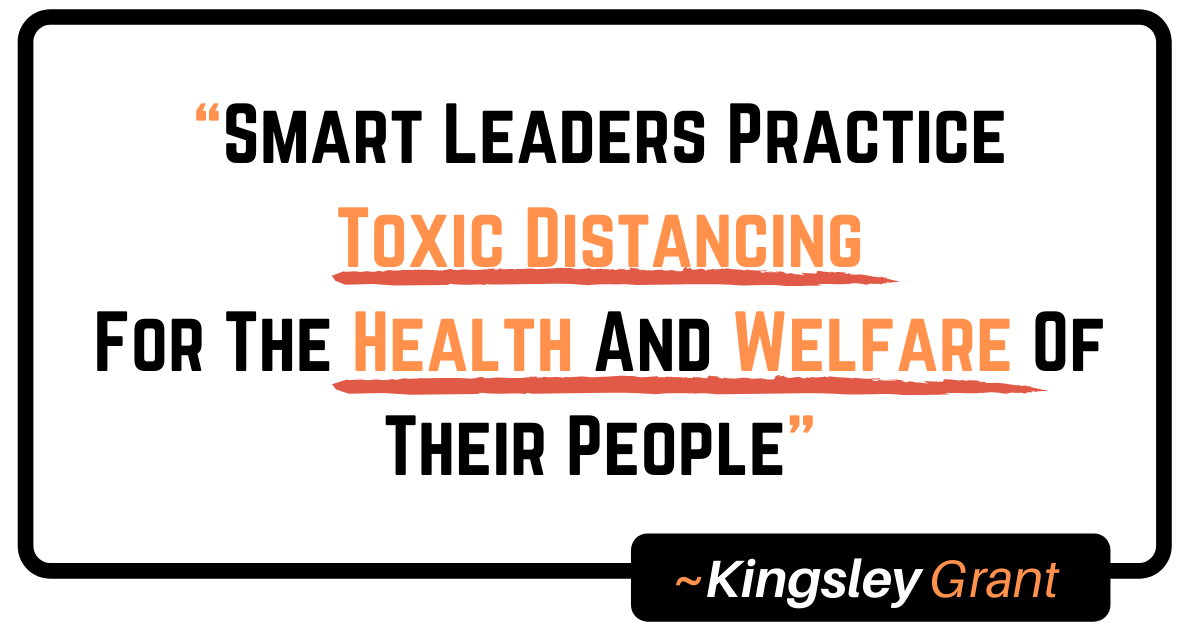Toxic Distancing is not a phrase I’ve heard before. Have you?
What is toxic distancing?
Before I give you the definition of what I envision it to be, let’s talk a little about the context from which it was derived.
There is so much being said about the need to practice social distancing for the sake of others and yourself.
We hear it, or at least I hear it, every day.
I cannot go anywhere without seeing it in operation or hearing about it.
As a person who is in the public arena regularly, whether speaking to groups of people, counseling and sometimes face-to-face coaching, I’m often giving hugs or shaking hands.
So you can imagine what it’s been like for me to not do so for the sake of my own health and to reassure my clients that I’m looking out for them as well.
It’s been hard.
I was recently watching President Trump giving his briefing on the Coronavirus (Covid-19) and he would invite someone to speak after him.
Automatically he would reach out and shake hands with the person he invited to the lectern.
Those who don’t like him pounced on the opportunity to make fun and ridicule him.
Those who like him made excuses for him … he’s so personable.
This is being mentioned simply to call attention to how challenging it is for those of us who like to put a personal touch on our interaction with others.
Now we have to be intentional at no longer doing so. And rightly so. This is our act of “loving our neighbors as we love ourselves.”
But I hope this is only temporary.
Social distancing reduces the opportunity for the coronavirus to continue to spread as rapidly as it has.
This key: reduce the spread of the virus.
Shouldn’t that be the quest of leaders to reduce the spread of a virus by another name … toxicity?
Before we dive in, here is the working definition of toxic distancing.
Toxic distancing is the measure taken to stop or slow down the spread of the highly contagious disease known as toxicity.
And Toxicity is the quality of being toxic or poisonous. (Merriam Webster)
Here are 3 reasons why it behooves all leaders to aggressively push this idea of toxic distancing within the workplace.
Reason #1: To improve employee engagement
According to Gallup, most employees are not engaged at the workplace.
This means they are:
- not doing more than they should
- watching the clock
- quicker to ask for time-off
- taking more sick days than those who are engaged
- not in a rush to add value beyond the norm
- and more …
These behaviors are directly linked to employees’ dissatisfaction or their way of protesting how they are being treated within the workplace. this is their silent protest.
One research by O.C. Tanner shared this finding: “79% of employees who quit their jobs cite a lack of appreciation as a key reason for leaving.”
Reason #2: To improve productivity
Why would employees want to do more than they are doing when they feel that their work is not being valued or acknowledged?
Why would they want to give more than they have to?
Some companies are happy with their productivity while many think they could do better.
Imagine what would happen if employees were more engaged and less stressed by the toxicity within the workplace?
Wiping out toxicity through toxic distancing would rapidly change this.
Reason #3: Improve retention
Many good workers – the A players – leave organizations not because of the company but because of the manager or leader.
A quote attributed to Marcus Buckingham: “People leave managers, not companies”
The high performers know they are able to get another job because of their skills and qualifications.
They don’t have to put up with toxic leaders or where toxic distancing is not practiced.
Why should they?
To retain your best people it is imperative that you as a leader ensure that everyone practices toxic distancing.
There are more reasons I could have cited but these three will suffice.
If becoming this type of leader is something that you are interested in, connect with me at www.kingsleygrant.com.

Purchase your copy of the book at Amazon.
Book me to be your speaker at your next event –> www.kingsleygrant.com/speaking
(Article first published on LinkedIn)


